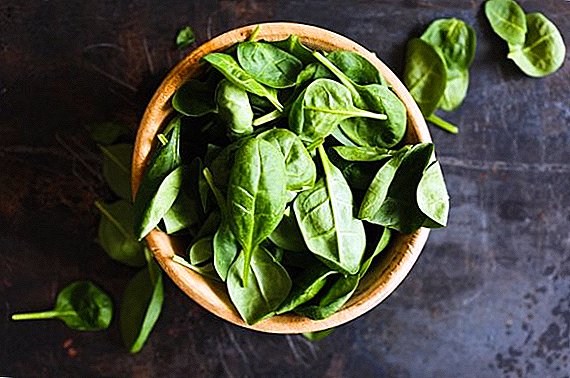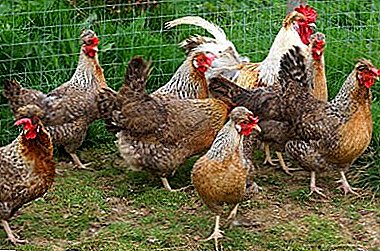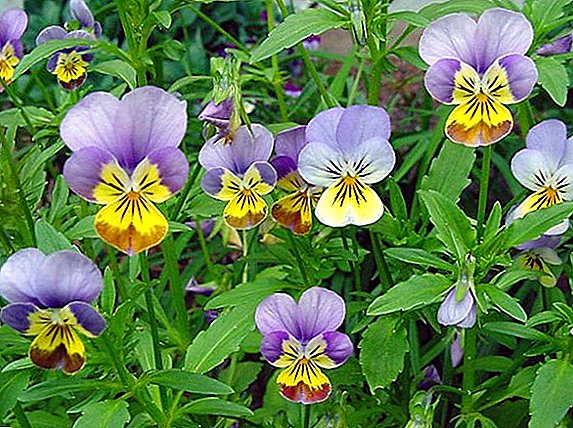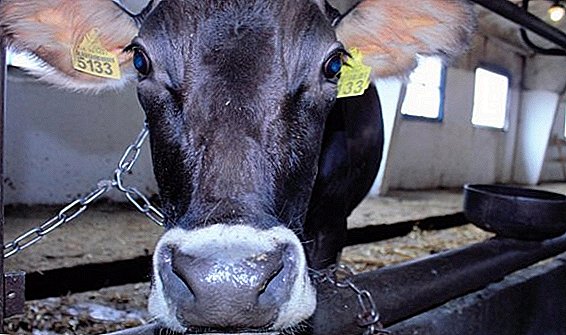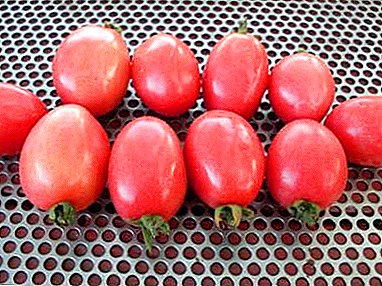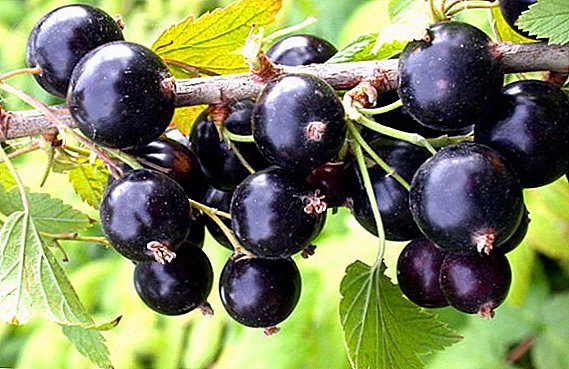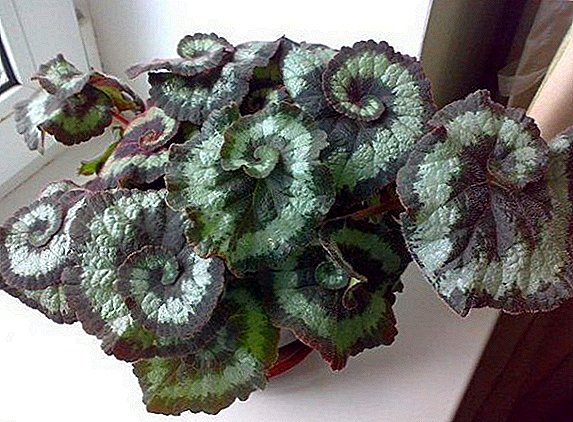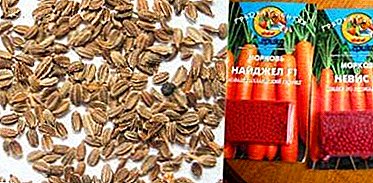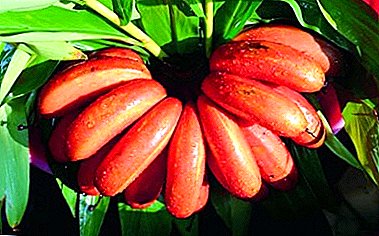
A red banana appeared in our country relatively recently. It is perceived as an absolute exotic.
However this no more than one of 40 types of bananas. It comes from the countries of Asia and South America.
general description
Red bananas very popular because of its fruits with a special taste and aroma, notes of raspberry and strawberry. Fruits are smaller and denser than usual, their skin is red-purple. Fruits may have a flesh of light pink or cream color.
A banana, including a red one, is not a palm tree, as is often thought, but perennial grassbelonging to the family Banana. The gigantic size of a herbaceous plant has a powerful pseudostem, which is a fused base of leaves.
From the center of the false stem leaves inflorescencedying off after the start of fruiting.
The life of the rhizome - 35-45 years. During this time after fruiting, it releases more and more new basal processes.
A photo
How do red bananas grow? Photos of plants and fruits.


Home Care
Proper care of a red banana at home is fundamentally no different from the care of the usual decorative banana. If all the conditions required by the plant are observed, then in a regular city apartment you can regularly receive sweet fruits.
Features care after purchase
After the purchase should not rush to transfer red banana and pot placement. It is better to find in the apartment conditions as close as possible to the store, and leave the plant there for adaptation for about a week.
Lighting
Lighting red banana loves as bright as possible. The windows facing south, east and southeast would be ideal for him. In extreme cases, you can put the plant on the western side, but here it is already desirable to use additional lighting. But the north window for a red banana is better not to choose.
Temperature
Both in winter and in summer the temperature should be maintained at 25-30 degrees. When it drops to a mark of 15 degrees, the growth processes, as well as the ripening of fruits, will stop. When in summer the plant is taken out on the balcony or on the terrace and in the garden for the day, it must be taken to the house for the night without fail.
Air humidity
Red Banana is required significant air humidity. In the summer it is necessary to spray the air around every day, and in the winter once a week. It is advisable to often wipe leaves from dust.
Watering
 Watering a red banana is required abundant, as its large leaves evaporate a lot.
Watering a red banana is required abundant, as its large leaves evaporate a lot.
Watering is rarely necessary, but so that water is leaked through the drainage holes.
Between watering The upper 1.5-2.5 cm of soil must have time to dry so that the earth crumbles in the fingers.
Water should be at or above room temperature. In winter, in order to avoid rotting of the roots, watering should be made more rare.
Bloom
At the top of the true stem, a large, oval, purple-colored bud appears. Under the bending bracts are located double rows of white small flowers with plenty of nectar. They are covered with a thin wax coating.
If all the conditions are met, the red banana stably blooms in residential conditions.
Top dressing
For active growth and fruiting, a red banana is a must weekly top dressing in the warm and monthly in the cold. In order not to damage the rhizome, fertilizer should be added to the moist soil.
Transfer
When transplanting need choose a larger pot each time and deepen the roots more than the previous time.
Landing
The best substrate for planting - one that can be found under deciduous trees, such as linden, acacia or hazel. But under the chestnut, poplar or oak soil is better not to take.
For planting, the top layer of the substrate is removed by 5-10 cm. It is necessary to add river sand, wood ash, and humus or biohumus to this soil. For disinfection, the substrate is filled with boiling water and, after mixing, is calcined.
Drainage layer 3-10 cm (depending on the size of the pot) should be required. On top of it you can lay a layer of sand, and then the finished substrate.
It is better to place the pot not directly on the pallet, but on the grate or flat stones. This will ensure air flow to the roots.
Growing up
 Grow red bananas can be from seeds, it is possible to propagate the plant by dividing the rhizome, the basal processes.
Grow red bananas can be from seeds, it is possible to propagate the plant by dividing the rhizome, the basal processes.
It should be notedthat seeds are only in inedible fruits. If the fruits are suitable for food and are pleasant to the taste, then it is worth preferring reproduction by offspring or undergrowth.
Red banana very easy to breed. During the transplant from the rhizomes carefully cut off the kids. It is important not to damage the mother plant. Growth should have good roots and about 4 leaves. Put it in small pots with the same soil as for an adult plant. Sections are best sprinkled with ashes.
If you want to grow a red banana from seeds, then you can buy them in botanical gardens, specialized stores and online stores, from collectors.
First, the seeds are subjected to the procedure scarification, that is, their shell is slightly damaged. Then they are soaked in warm water for a day or two. After treatment with pink manganese or phytosporin (to avoid fungal infection), seeds are sown in well-aerated nutrient soil, where you can add coke fiber, sand and perlite.
Crops covered with plastic wrap and placed in a warm and bright place. Humidity should be high. The film is removed every day for spraying and watering. A month later, the film is removed. The temperature should not exceed 30 degrees, otherwise the seeds can burn.
Sprouted seedlings are transplanted into small pots.
Diseases and pests
In nature, the plant can hit roundworms, fungi, black weevil. At home, pests almost do not bother. The only thing - from the lack of moisture can start a spider mite.
From excessive watering the roots and leaves can rot. In this case, they take a brown tint. Damaged parts are removed, and cuts are sprinkled with ash.
Conclusion
Red banana is quite possible to grow at home. Simple conditions are enough. lighting, watering, humidity, temperature, transplantation, and the plant will regularly delight with beautiful flowering and tasty fruits.


